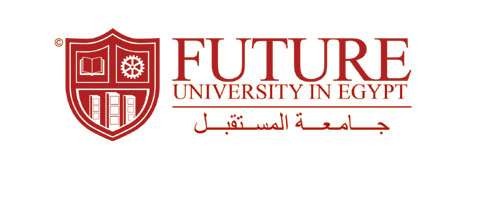- Course Code :
MEC 221
- Level :
Undergraduate
- Course Hours :
3.00
Hours
- Department :
Department of Petroleum Engineering
Instructor information :
Area of Study :
Enrich the student's knowledge about the fundamental principles of kinematics
of a rigid body.
Prepare the student to analyze the concepts of planar motion and its types
(translation, rotation and general plane motion) of a rigid body or systems of
connected bodies using vector and scalar methods.
Train the student to represent and apply relations of position, velocity and acceleration
for rolling motion problems.
Prepare the student to analyze the various principles of Kinetics such as forceacceleration,
work-energy and the impulse-momentum principles for various
types of problems that containing the motion of a rigid body.
For further information :
Types of planar motion of rigid body: translation, rotation
about a fixed axis and general motion. Angular velocity and angular acceleration, instantaneous
center, relative velocity and relative acceleration. Knetics of rigid bodies,
Newton's laws, friction and elastic forces, equations of motion. Principle of work and
energy. Conservation forces and principle of conservation of mechanical energy.
Principle of impulse and momentum, impulsive forces, impact. Introduction of free
and forced vibrations.
For further information :
Books:
Recommended books :
1- Beer F., Johnston R. and Claysen W., "Vector Mechanics for
Engineering: Dynamics", McGraw Hill, 10th Edition, 2015.
2- Hibbeler R.C., "Engineering Mechanics: Dynamics", 13th Edition.
3- Riley W. and Sturges L, "Engineering Mechanics: Dynamics". 6th Edition
For further information :
